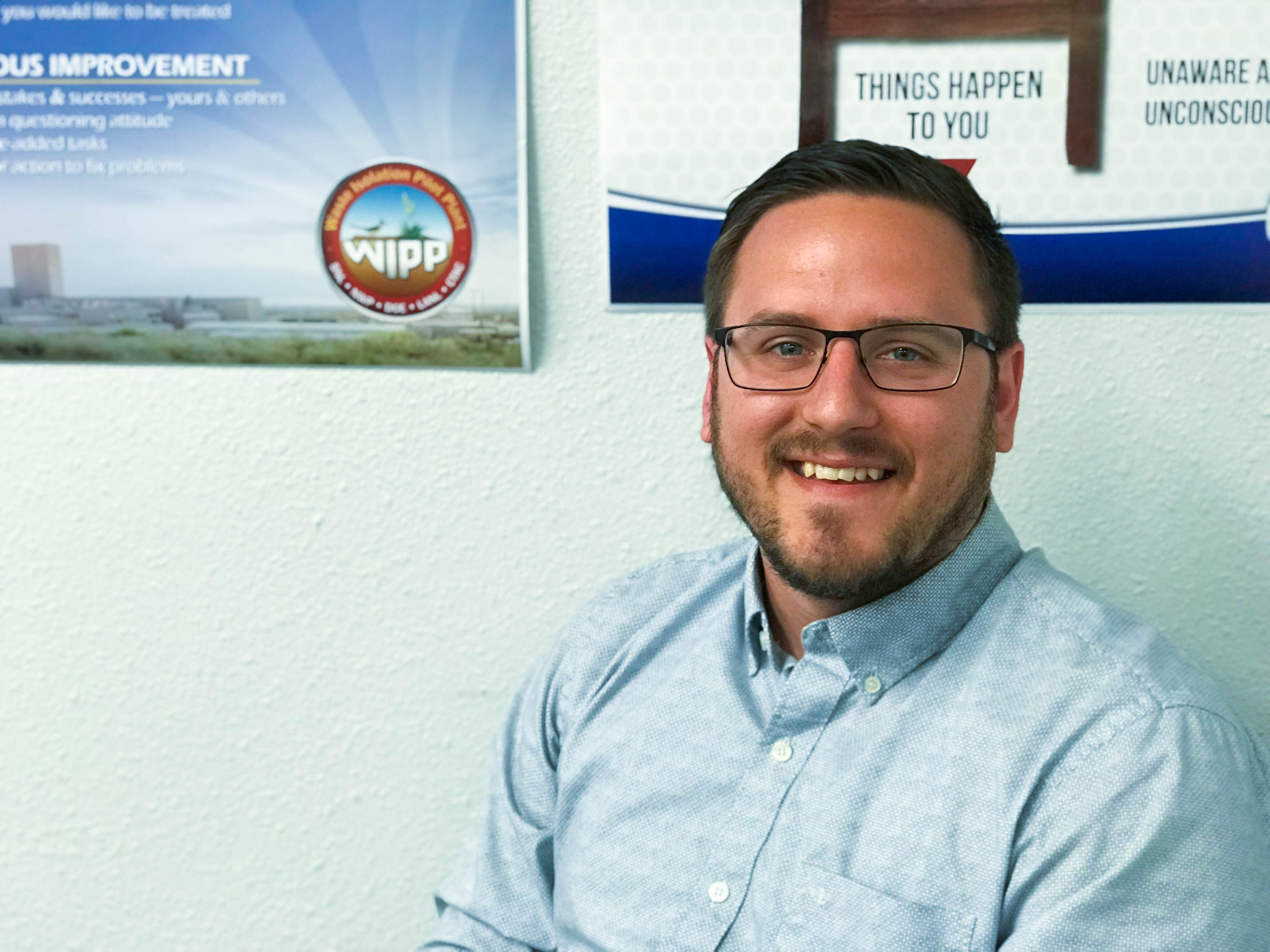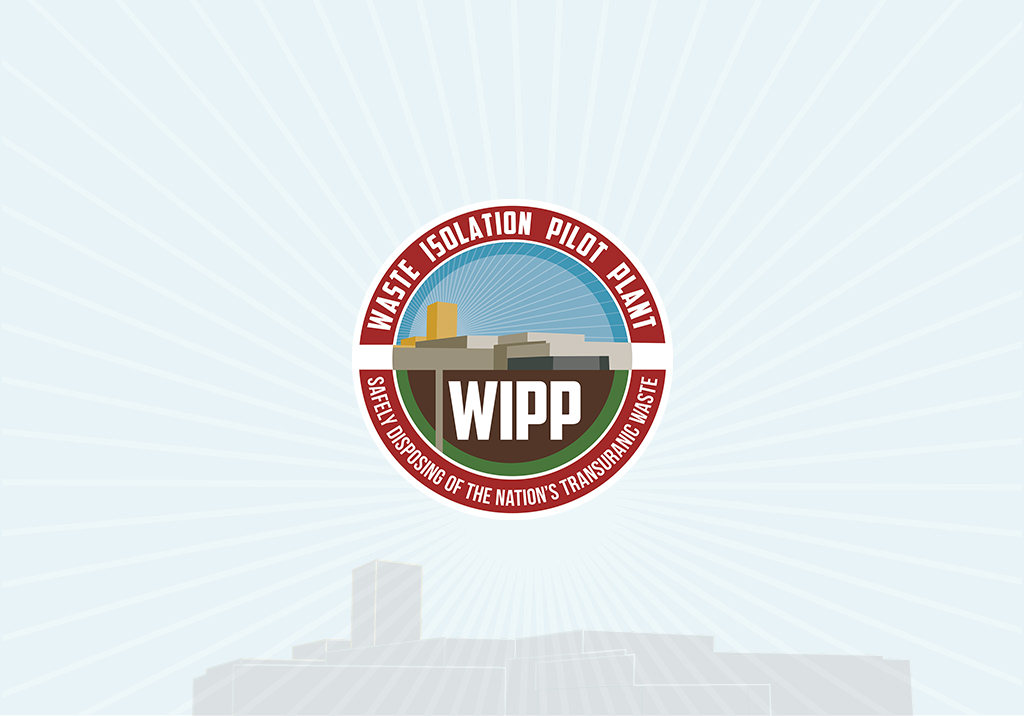
Early Career Professional Believes WIPP is Right Place for Career Growth
May 01, 2019
WIPPTREX training exercise
November 28, 2018December 26, 2018
Argonne National Laboratory-East Resumes Shipments to WIPP
CARLSBAD, N.M., December 26, 2018 - The U.S. Department of Energy's (DOE) Argonne National Laboratory located near Chicago, Illinois, resumed shipments of transuranic (TRU) waste to DOE's Waste Isolation Pilot Plant (WIPP).
The shipment of mixed TRU waste left the Argonne National Laboratory site on the morning of December 20, and arrived at WIPP just before midnight on December 21.
Mixed TRU waste consists of items such as clothing, tools, rags, residues, and debris contaminated with radioactive TRU elements. The waste is also contaminated with trace amounts of chemicals-like cleaning solvent or lead-that require it to be regulated under the Resource Conservation and Recovery Act. Waste to be disposed of at WIPP must meet certain criteria prior to shipment, which include no liquids, explosives, or flammables.
"This is another milestone for the WIPP facility," said Todd Shrader, Manager, DOE-Carlsbad Field Office. "WIPP is dedicated to safely and compliantly accomplishing its mission to dispose of the nation's TRU waste."
The 1,700-mile trip took about 38 hours, including the time required for WIPP drivers to stop and inspect the truck every 150 miles or three hours. The inspection stops are performed in accordance with safety protocols developed by DOE and the Western Governors' Association.
Since opening March 26, 1999, WIPP has received more than 12,300 shipments of TRU waste from DOE generator sites across the country. During that time, shipments have safely traveled more than 14.7 million loaded miles.
WIPP, a cornerstone of the DOE's cleanup effort, is the nation's first repository for the permanent disposal of defense-generated transuranic radioactive waste left from the research and production of nuclear weapons.
Located in southeastern New Mexico, 26 miles east of Carlsbad, project facilities include disposal rooms excavated in an ancient, stable salt formation 2,150 feet (almost one-half mile) underground.
